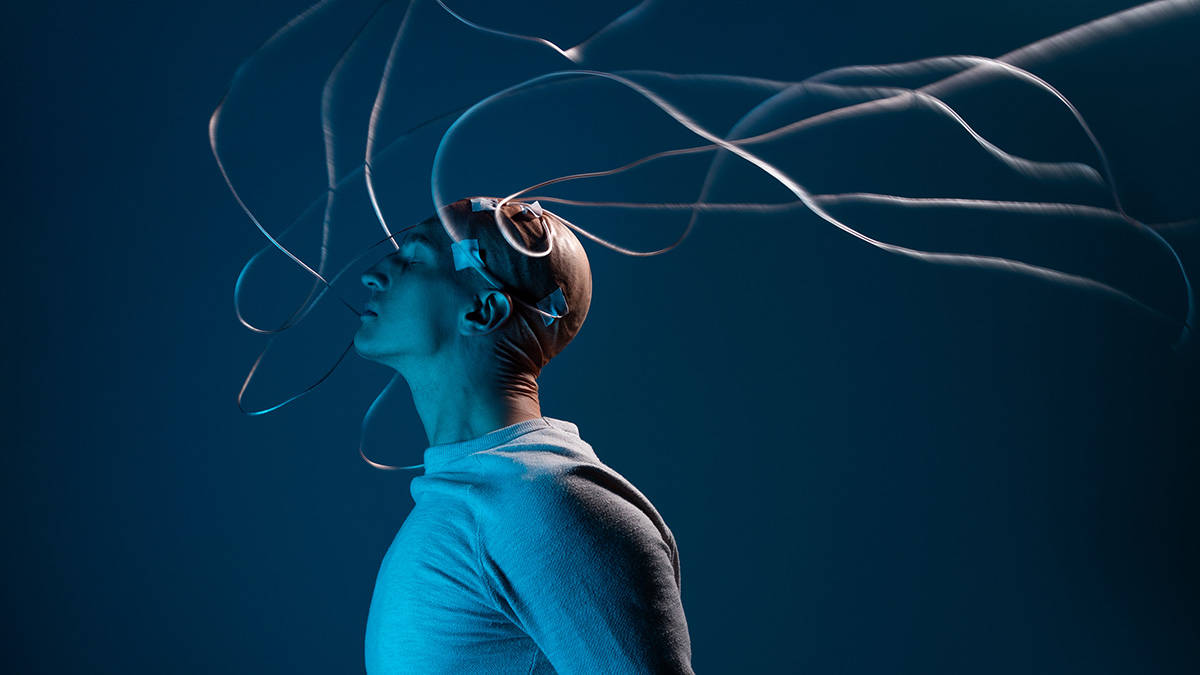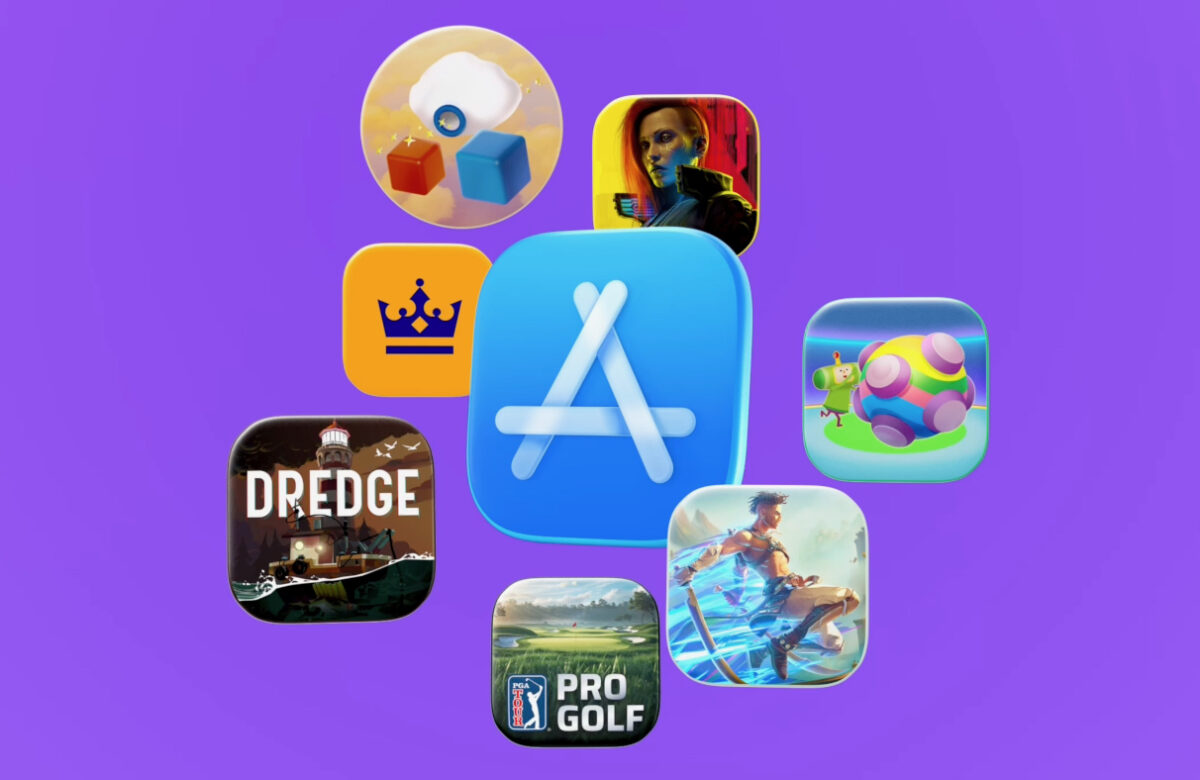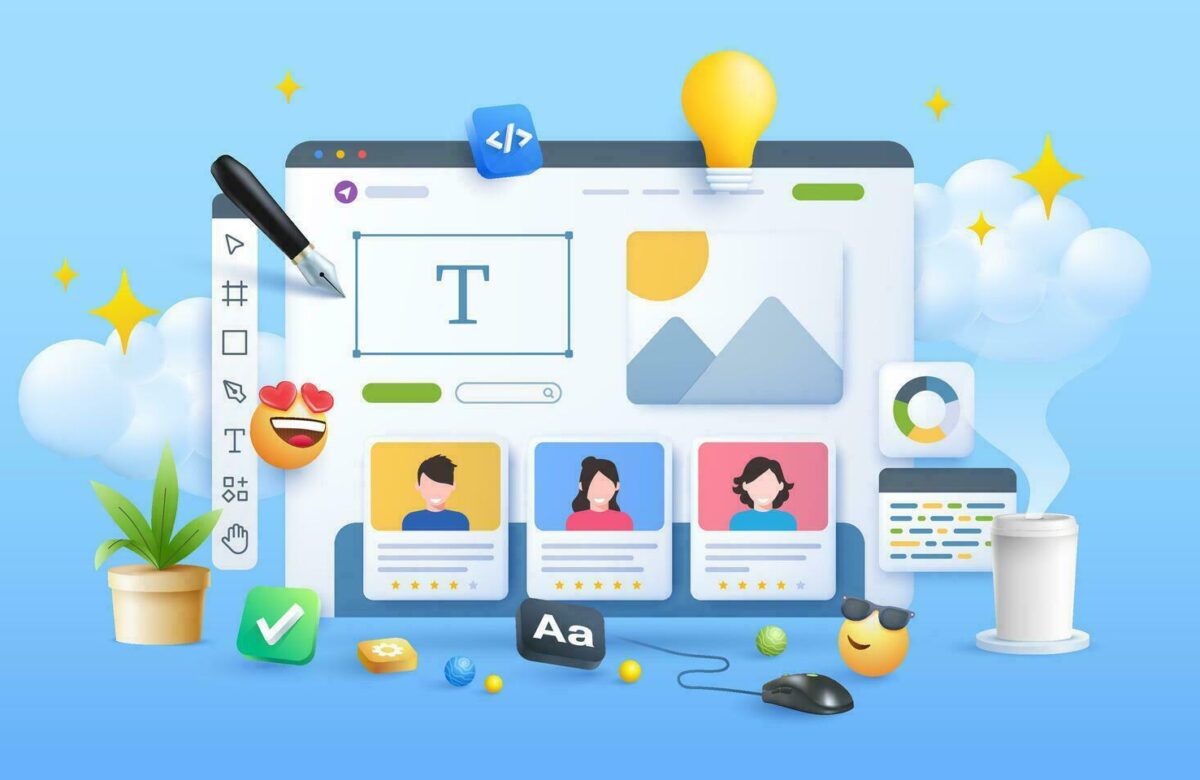
Neurotechnology: Brain-Computer Interfaces Are Getting Real
- Technology
- June 12, 2025
- 694
Brain-computer interfaces (BCIs), once confined to the realm of science fiction, are rapidly becoming a tangible and transformative technology. By creating a direct communication link between the human brain and external devices, BCIs promise to redefine how we interact with machines, restore lost functions, and even expand cognitive capabilities.
What Is a Brain-Computer Interface?
A BCI enables a person to control a computer or other device using only their brain signals. These interfaces typically work by detecting electrical activity in the brain — often through electrodes placed on the scalp (non-invasive) or implanted directly into brain tissue (invasive) — and translating those signals into commands.
Real-World Applications Are Emerging
1. Restoring Communication
For people with conditions like ALS or severe spinal cord injuries, BCIs offer a way to communicate without speech or movement. Companies like Neuralink, Synchron, and Blackrock Neurotech are developing systems that allow users to type, move a cursor, or control a prosthetic limb through thought alone.
2. Prosthetics and Mobility
BCIs are powering next-generation prosthetic limbs that respond to a user’s intended movements. These devices use decoded neural signals to control motion in real time, offering a level of responsiveness that was previously impossible.
3. Neurorehabilitation
In stroke recovery and neurodegenerative diseases, BCIs are being used to retrain the brain. Paired with virtual reality or robotic exoskeletons, they help patients regain motor function by reinforcing brain-muscle connections.
4. Cognitive Enhancement
Although still in early stages, BCIs for cognitive enhancement are on the horizon. Concepts like memory augmentation or faster mental processing — once speculative — are now subjects of serious research. Startups and academic labs are exploring non-invasive tools to boost attention, learning speed, and emotional regulation.
5. Immersive Gaming
BCIs are being tested in gaming to create more natural, hands-free control. Early demos show players using brain signals to move objects or trigger actions. Though limited for now, these systems hint at a future where thought-based interaction could reshape gameplay and immersion.
Challenges to Overcome
Despite progress, BCIs face major hurdles:
- Signal quality: Non-invasive systems are less accurate, while invasive ones raise safety and ethical concerns.
- Data interpretation: Brain signals are complex, and accurately decoding them is a work in progress.
- Privacy: Brain data is deeply personal. Who controls it, and how it’s protected, is an open question.
- Accessibility: Current systems are expensive and mostly experimental, limiting widespread adoption.
The Road Ahead
The convergence of neuroscience, machine learning, and miniaturized electronics is accelerating BCI development. As the technology matures, we may soon see applications beyond medicine — in gaming, education, mental health, and beyond.
While many of the boldest visions remain years away, one thing is clear: brain-computer interfaces are no longer a futuristic concept — they’re becoming a real part of our technological landscape. The next decade could reshape not just how we interact with machines, but what it means to be human in a digital world.



